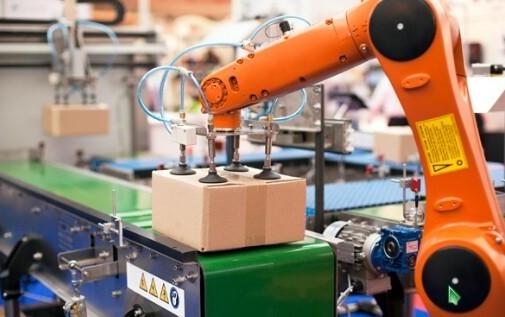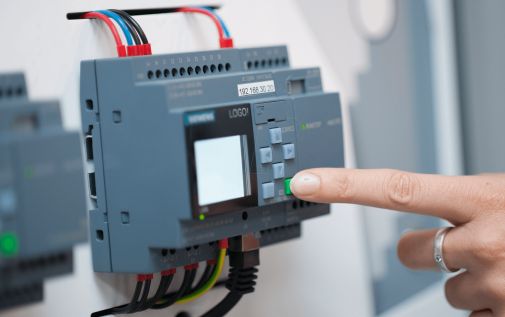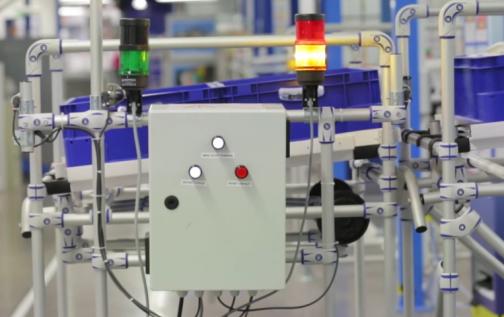Advantages of electrical automation systems
Production automation refers to measures to free a person from the functions of monitoring and controlling technological processes. These measures provide for the creation and use of automatic devices — devices, devices and machines that carry out production processes without the direct participation of a person, only under his supervision.
Many new industries and processes cannot be carried out at all without automation (in case of high pressure, temperatures, speeds, damage to human health, etc.).
Nowadays, most automatic devices are electrical or have electrical components as the main components. Electrical devices have great advantages over mechanical, pneumatic, hydraulic, etc.

Automatic devices, their measuring, controlling and reproducing organs consist of the simplest elements (connections) that perform certain functions in the process of monitoring, control and regulation. All elements are interconnected.
The use of electricity in automatic control, management and regulation makes it possible to unify elements for measuring a wide variety of physical and chemical quantities.
Sensors convert quantities of a wide variety of natures into electrical signals that can be observed and measured by a relatively small number of types of electrical devices. Electrical measuring devices have high accuracy, sensitivity and speed, a wide range of measurement limits.
Electrical elements of automation are very diverse. Electromechanical, electrical machinery, ferromagnetic, electrothermal, electronic and other electrical elements are widespread. Their action is based on the use of interconnections between electrical, on the one hand, and mechanical, thermal, magnetic and other processes, on the other.
In each of the listed groups there is a wide variety of designs and schemes. Elements of the same group can perform different functions (sensors, amplifiers, actuators, etc.).
The use of electricity enables remote measurement and recording of observed values and simple and clear signaling (light and sound).
Thanks to electricity, visual control of production is carried out (in places inaccessible to people for various reasons).
With automatic control, the automatic device provides the necessary sequence, beginning and end of the individual operations that make up the work process. Electricity in automatic control and regulation systems increases accuracy, sensitivity, speed.

A major advantage of electric control and regulation systems over pneumatic and hydraulic systems is the lack of distance restrictions between the individual elements of the system.
Telemechanics allows you to control and manage many remote sites from one control center. The connection of a large number of objects to the control room can be carried out through one communication channel, which gives a significant saving of technical means and materials. Remote control devices (transmitters, receivers, communication channels) can be created only from electrical elements.
Electric automatic devices are convenient in that every production has sources of electrical energy — Grid electricity… Additional installations (compressors, pumps) are required to power the hydraulic and pneumatic devices.
The greatest production and economic effect is provided by the complex automation of production. At the same time, both the main technological processes and auxiliary ones (for example, transport and loading) are automated. Full automation is possible with electrical components only.

Electric automatic devices also have some disadvantages. Sometimes their use is limited by explosion and fire safety requirements. In some cases, they can be more difficult to operate than pneumatic and hydraulic devices.
